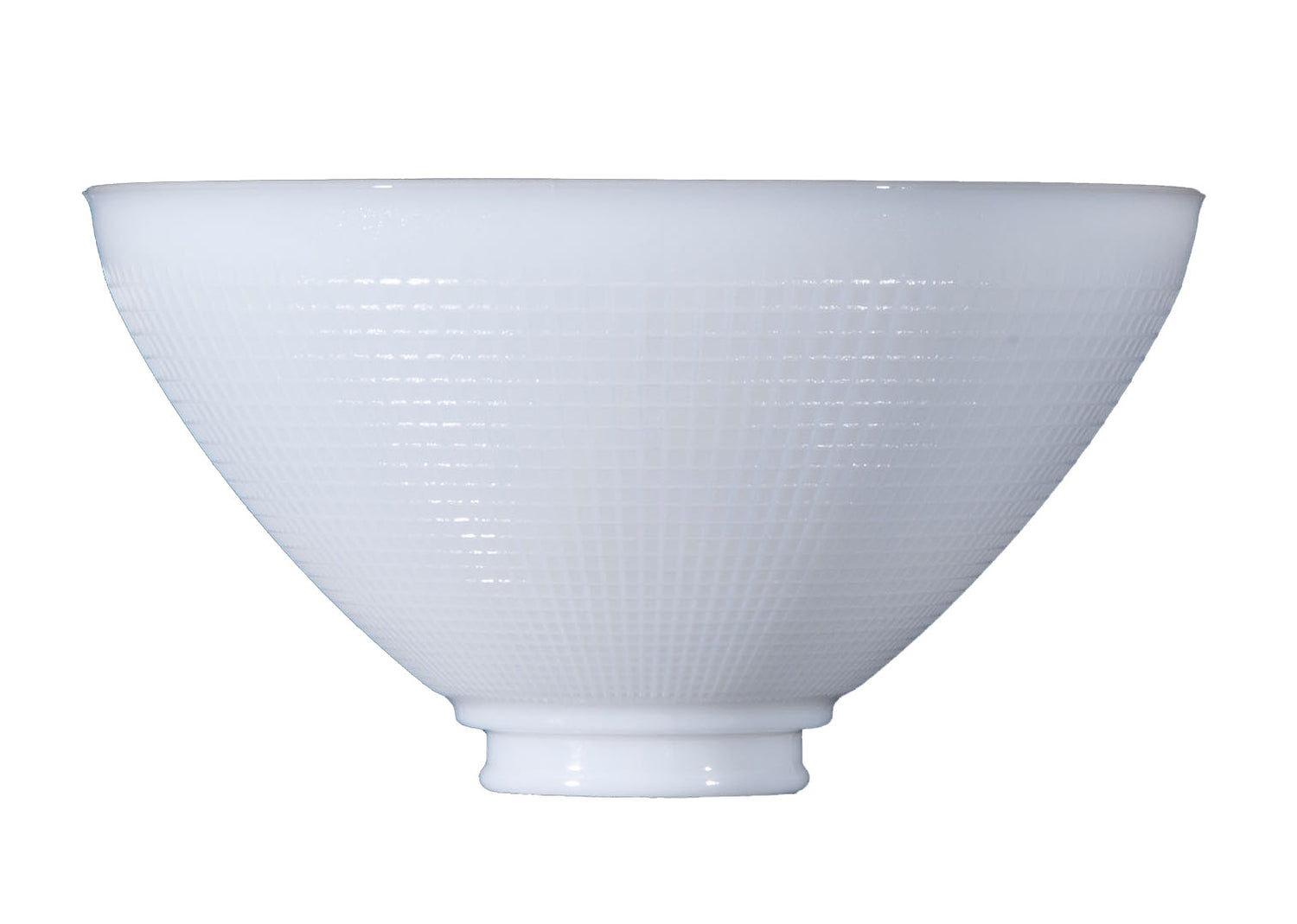When you purchase a lamp at auction or an estate sale, there is always a fair chance the lamp’s wiring is defective or wired incorrectly. Faulty wiring can pose many risks, the severest being a house fire caused by a frayed cord. Luckily, rewiring an antique lamp is easy to do on your own. With just a few affordable supplies and the correct connections, you can make any old lamp new again. In this guide, we will explain how to rewire an antique lamp step-by-step, so you can restore your old lamp to its former glory and gain a little illumination in the process.
Rewiring an Antique Table Lamp
Before you begin, you will need: a set of pliers, a screwdriver, a wire cutter, and a lamp rewiring kit that includes the socket, cord, and plug. You might also want to take a photo of the socket wiring and hardware placement. Make sure that the lamp is not plugged in, as this could put you at risk of electric shock. Use the screwdriver to press the sleeve of the socket out, which is typically located just beneath the light switch. If the socket has a “press here” inscription, press your thumb on the inscription and simply lift the sleeve off.
Pull the socket up and use the wire cutter to disconnect the old wires. Flip the lamp over and unscrew the nut on the bottom of the lamp base. Pull the thread up and remove the old socket. Pull the cord out of the bottom of the fixture. Feed the new cord from the lamp kit through the hole in the bottom of the lamp, until it comes out at the top. Attach the new socket that was provided with the lamp rewiring kit.
Split the wires by cutting along the groove with the wire cutters. Use the wire cutter to remove about an inch of the insulation from each wire. Tie the split cords together using an underwriter’s knot. An underwriter’s knot is typically used as a strain relief to prevent the cable from being pulled from the electrical terminals if the cable is accidentally yanked. Make a loop with each wire and feed the opposite color wire through each loop to form a figure eight. Most lamp rewiring kits come fully equipped with detailed illustrations to demonstrate proper technique.
With the help of a screwdriver, loosen the screws on either side of the socket replacement. Wrap the exposed wires around a screw on the new socket. Use the screwdriver again to tighten the screws and hold the wires firmly in place. Last but not least, slide the sleeve back on the socket until it snaps into place. We recommend testing the wire by plugging it into the outlet. As a rule of thumb, you should replace the lamp’s existing socket with a perfect replacement. In other words, search for a socket with the same switch mechanism to protect the lamp’s value. You should also search for parts that bear the “UL” stamp, which means that those parts were manufactured in accordance with the standards of Underwriters Laboratory.
Rewiring an Antique Floor Lamp
Floor lamps are just as susceptible to cracked or frayed sheathing and corroded prongs. Once again, make sure that the lamp is not plugged in before you begin. You will want to take a photo of the wiring and hardware. Use a rewiring kit with an electrical cord and a plug that best suits your floor lamp. Detach the cover from the bottom of the lamp to find the nut that holds the central pipe through which the cord passes from the socket to the plug. Pull the pipe out halfway, so you can replace the old or defective socket. Cut off the old plug. Attach the new cord to the old cord and pull it all the way up through the central pipe. Snip off the old cord and discard it properly. Split two inches of cord jacket from the top of the new cord and strip a half inch of insulation off the wire ends. Form the exposed wire ends into loops.
Screw in the new socket by tying an underwriter’s knot between the socket and the cap. Hook the “hot” wire around the brass terminal and the “neutral” wire around the silver terminal. Tighten the screws. Slip both the insulating sleeve and the outer metal shell over the socket and the switch. Tighten the nut around the pipe at the lamp base. Reattach the base and test your lamp by plugging its wire into an outlet.
You should never improvise an electrical repair project and know your lamp-repair limits. If this is your first attempt at repairing the wires of an antique lamp, look for a single-socket lamp with straight lines to repair first. For most wiring projects, you will need a multifunction screwdriver, an adjustable wrench, electrical tape, a wire cutter or pocketknife, and a wire stripper. All-in-one lamp kits at your local hardware store may be limited by socket type and cord color. If you’re concerned with aesthetics, we recommend that you search for parts online. We offer a selection of resource articles for business and hobbyists alike. Check out our “How To” topics on Lamp Cord Sizes and Lamp Sockets. If you can’t find the resource you need or would like our technical opinion, please email or text us a photo of the lamp you are trying to rewire, as well as a complete description of the problem and your contact information. One of our experienced customer service representatives will be happy to assist you in every way possible.

